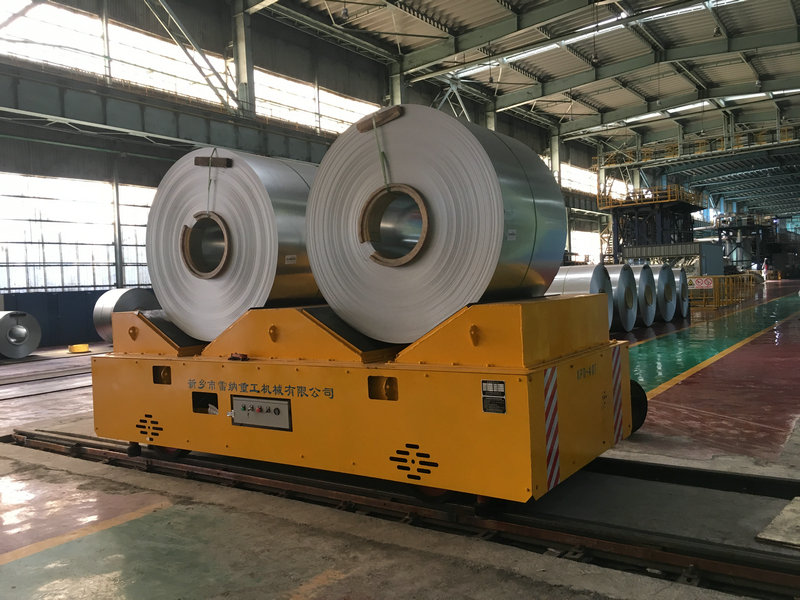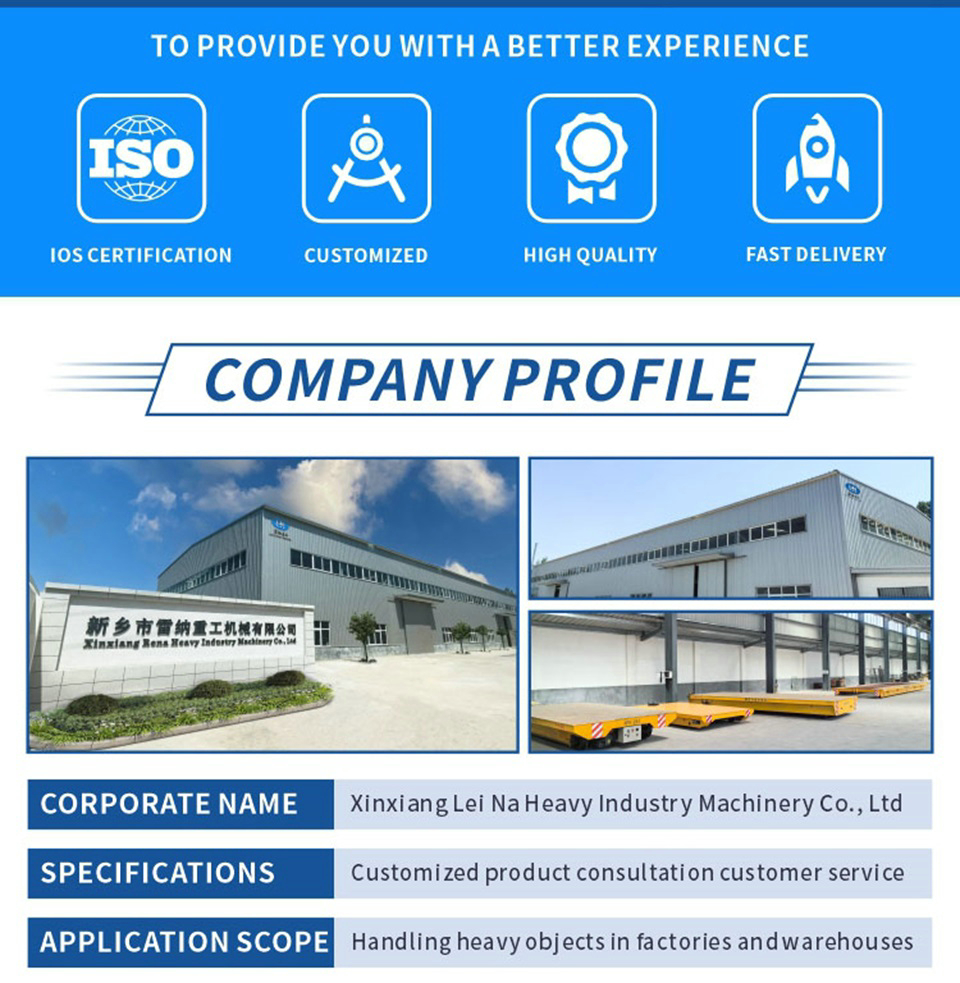Transfer carts are essential tools for transporting goods and come in two main power configurations: battery-powered and cable-powered. Each system has unique advantages and challenges that impact the overall reliability of the transfer cart. This article explores the key factors behind the performance of each option to help you decide which is best for your operational needs.

Battery-Powered Transfer Carts
Flexibility and Mobility: Battery-powered transfer carts use rechargeable batteries that allow them to be moved freely throughout a facility without being connected to an electrical outlet. This mobility is especially valuable in dynamic environments where flexibility is critical.
Maintenance and Lifecycle Considerations: While batteries offer freedom, their reliability depends heavily on proper maintenance and management. Regular charging, routine inspections, and timely replacement are essential to prevent unexpected downtime. Environmental factors, such as extreme temperatures, can also affect the performance and life of a battery.
Pros and Cons
- Pros: Enhanced mobility, ease of use over large areas, and the potential for automated battery management systems.
- Cons: Requires diligent battery maintenance, potential downtime during charging cycles, and gradual degradation over time.

Cable-Powered Transfer Carts
Continuous Power: Cable-powered carts remain connected to the power source, ensuring a steady and uninterrupted flow of power. This continuous power supply can improve reliability, especially in operations where downtime is not an option.
Operational Limitations: The reliance on cables means these carts are limited by cable length and the availability of power outlets. While continuous power can be seen as a reliability benefit, it can also present hazards such as cable wear, tripping risks, or accidental disconnects if not managed properly.
Pros and Cons
- Pros: Continuous power without the need to maintain batteries, ideal for continuous operation in fixed areas.
- Cons: Limited mobility due to tethering, cables can become damaged or worn, requiring regular inspection of the cabling system to maintain safety and performance.
The choice between battery-powered or cable-powered carts comes down to balancing mobility and power consistency. For operations that require flexibility and can accommodate regular maintenance, battery-powered carts may be a more reliable option.
Conversely, for settings where continuous operation and minimal interruption are a priority, cable-powered carts offer reliable performance despite limited mobility. Ultimately, the best solution will align with your facility layout, usage intensity, and maintenance capabilities, ensuring your material handling system is as reliable as possible.
As a professional manufacturer in the handling industry, LEINA has been deeply involved in the field of material transportation for 23 years. With its technical strength and rich industry experience, it has customized efficient and safe transportation solutions for many factories, effectively solving complex transportation problems. Whether it is the handling of precision parts or the smooth transportation of heavy equipment, LEINA can provide customized handling equipment and services.




